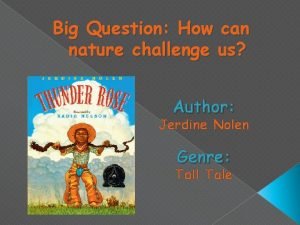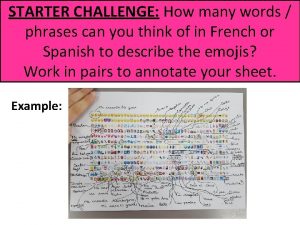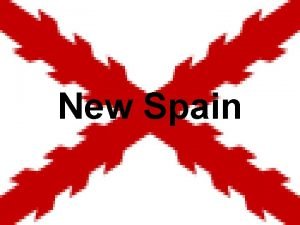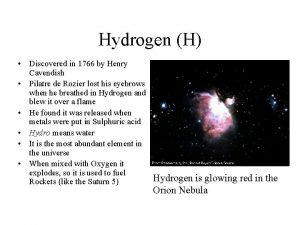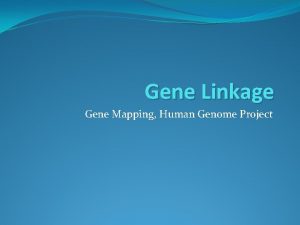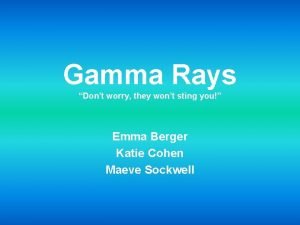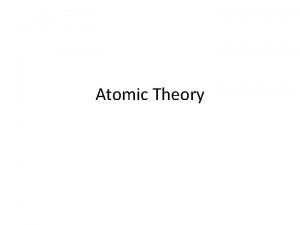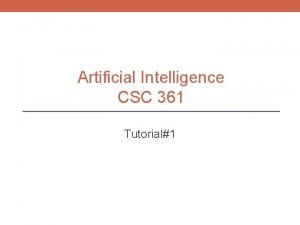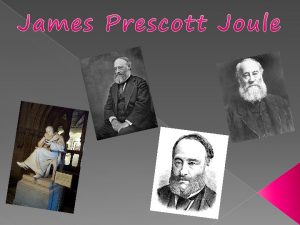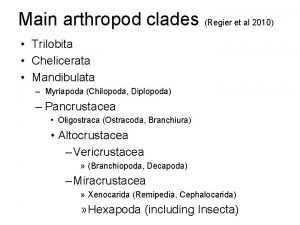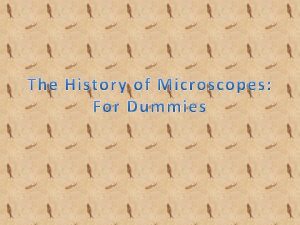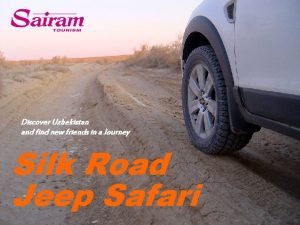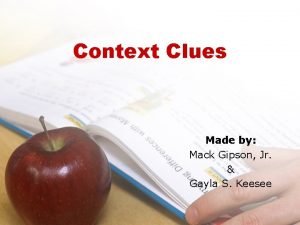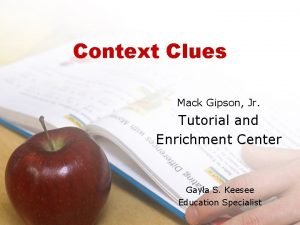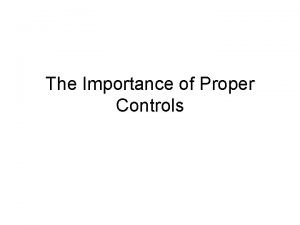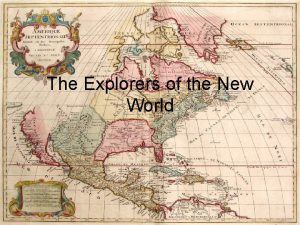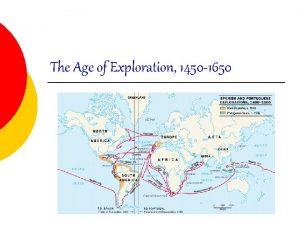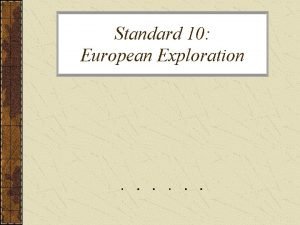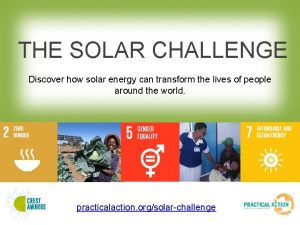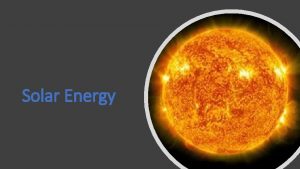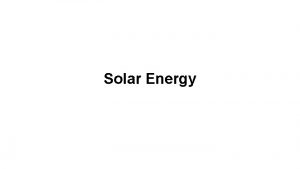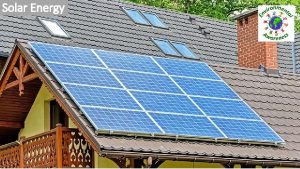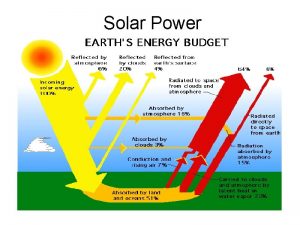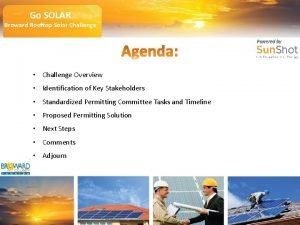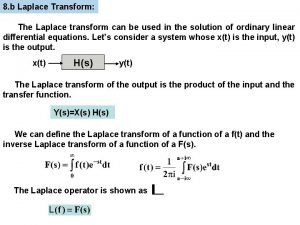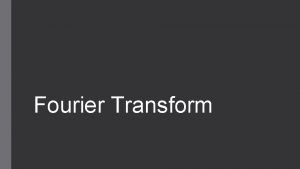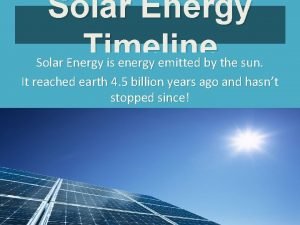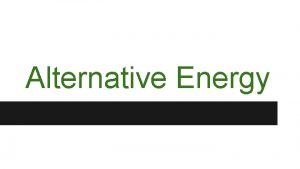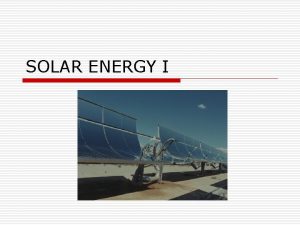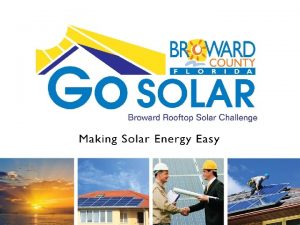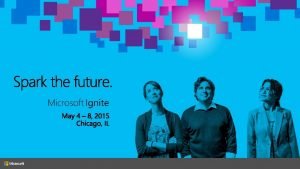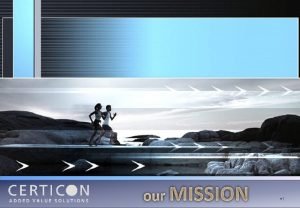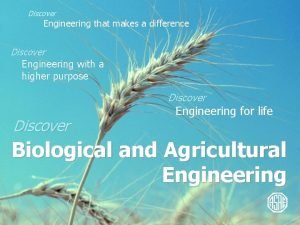SOLAR CHALLENGE Discover how solar energy can transform





























- Slides: 29

SOLAR CHALLENGE Discover how solar energy can transform the lives of people around the world

It’s electric Think of the activities that you have done so far today that use mains electricity or a battery. Activity: Make a note of them and decide if they are powered by mains electricity or battery. 2 Activity Appliance Making tea Electric kettle Mains? √ Battery? x Rechargeable x

Electricity in the UK Electricity is generated in a number of different ways, and the percentages form these sources changes over time. Guess the percentage contribution of electricity in the UK supplied from: ▪ Fossil fuels (oil, gas and coal) 38% (down from 57% in 2017) ▪ Nuclear (from nuclear reactors) 15% (down from 20% in 2017) ▪ Renewable energy (such as hydro, wave and solar energy) 47% (up from 23% in 2017) 3

Making THE NATIONAL GRID

How does the electricity get to where it is needed? Electricity gets transmitted to homes, hospitals, businesses, etc. , through a series of overhead and underground cables. This called the National Grid. In the UK, there are over 4, 500 miles of overhead and nearly 1, 000 miles of underground cables! 5

Making the National Grid Activity Imagine you are an electricity pylon and the string you have been given is an electric cable. Making a NATIONAL GRID Use the string to connect as many people as possible to the power stations to bring electricity to all towns and villages in the UK. Question Why is it a good idea wherever possible, to have more than one connection between a town or village and the National Grid? 6

Renewable energy In areas of any country where the National Grid does not reach there a number of options for generating electricity. How are people accessing energy in the picture below? Making a NATIONAL GRID 7

SOLAR ENERGY

Solar energy In this project we will be focusing energy created by the sunlight know as ‘solar energy’. So let’s get started by exploring how solar energy is generated. Making a NATIONAL GRID Here are some examples of solar cells 9 Have you seen solar cells before? Where might you find them and what might they being used for?

Uses of solar cells Solar cells are used in a variety of ways. Some are fixed within appliances and others used as separate cells to power appliances. Making a NATIONAL GRID Why do you think solar cells are used in these situations? 10

Exploring the use of solar cells Activity You are now going to construct, test and evaluate circuits using solar cells. In particular, you are going to explore: Making a NATIONAL GRID ▪ How you can use solar cells to power bulbs, buzzers and motors ▪ How the amount of light falling on a solar cell affects the electricity it produces ▪ What happens if a number of solar cells are connected together. 11

Recap: Solar cells activity Solar cells capture energy from light and convert it into an electricity. This electricity can be used for a variety of tasks including powering a bulb and motor. Making a NATIONAL GRID Solar cells: ▪ depend upon a constant supply of light ▪ produce more electricity if the light is stronger ▪ produce more electricity if the area of the solar cell is larger. 12

Heat from sunlight So far we’ve looked at solar cells, which produce electricity. This can be used in a variety of ways. Making a NATIONAL GRID However, this isn’t the only way of using the energy from sunlight. It can also be used as a source of heat. Some solar panels don’t produce electricity. Instead they trap heat, which can be used heat a home or water. 13

The Sustainable Development Goals (SDGs) In 2015 the United Nations (UN) called a meeting with leaders from over 30 countries to work out how best to work together to solve some of the world’s biggest problems. They identified 17 goals to end poverty in the world by 2030. They called them: The Sustainable Development Goals, also called the Global Goals.

The Sustainable Development Goals (SDGs)

Your SOLAR CHALLENGE

Guess where Up until now we have thought about the use of solar energy in the UK, but now we are going to find out about how its used in another country. Can you guess which country we will be exploring? Making a NATIONAL GRID Clue: sixteen official languages Clue: national football team is nicknamed The Warriors Clue: borders South Africa Clue: capital city is Harare Clue: the flag 17

Zimbabwe is a country in southern Africa. The country is well known for the world’s largest water fall ‘Victoria Falls’ and its wildlife parks. What else do you know about Zimbabwe? 18

Electricity in Zimbabwe In Zimbabwe today most of the country’s electricity is generated from hydro-power, where energy is generated from fast flowing water. The Zimbabwe Electricity Suppliers Authority run the national electricity grid, but it only goes so far! Many rural areas have no access to the national grid. Guess what % of the population do not have access to electricity? In 2017 it was just over half the population! 19

Gwanda - Zimbabwe Gwanda district is located in southern Zimbabwe. It is an area that experiences long periods of drought. This has led to poor harvests and as a result many people are going hungry. Making a NATIONAL GRID Many of the households are headed by women as the men leave to find work in the larger cities. ‘There is no water and as a result we are producing very little in our garden. It’s not enough to feed my family’. 20 In this rural area there is no access to mains electricity, so people use wood or kerosene oil to cook and light their homes and community buildings.

. Sustainable Development. Goals (SDGs) Remember the Sustainable Development Goals? In the district of Gwanda, organisations including Practical Action are working to develop solutions to help reach the Global Goal targets. 21 21 Global Goal 2 to end hunger and ensure access to nutritious and sufficient food all year round, in particular for people living in poverty. Design, make and test Global to give women a model of. Goal a 5 system equal rights to economic resources, as well as access to tomatoes ownership and that can transport control over land natural resources, in accordance with in a way that won't squash national laws. them! Global Goal is 7 to ensure that everyone has access to affordable, reliable and modern energy services.

Your solar challenge making decisions People living in Gwanda district have just had the great news that Practical Action have received funding to install solar cells to generate electricity in a number of villages. Your challenge is to explore how best to use ten solar cells to bring electricity to a community in Gwanda. 22

What you need to do! Research and investigate This includes finding out: - What are the main things people living in Gwanda need and want to use electricity for? - How much energy do the different electrical appliances use? Making a NATIONAL GRID Developing ideas and decisions • You will only have so much energy and it’s not enough to run everything! • You will have to make decisions about what you can run and what you can’t. • Think carefully about which are the more important appliances. You will need to make clear what you have decided and why. 23 Modelling solutions Use the map and/or make a model of the village to show where you would place the solar cells to power which appliances.

Feedback Presenting your ideas - Communication You will be asked to give a 2 -3 minute presentation on your work. Making a NATIONAL GRID Try to include the following: • The problem/challenge you were addressing. • Some of your research findings from the community about their needs and wants. • Your map and/or model, with a clear explanation of how you used your ten solar cells/100 units of energy to meet the needs of the community. Comparing plans You can then compare your plan with that of other groups. See what you have agreed on, and what you have different ideas about. 24

Sunny solutions in Zimbabwe Your challenge is based on a real life project where the solar cells will make a big difference to people’s lives. In another region of Zimbabwe called Gwanda families were struggling to feed their families due to drought. When the community there received funding they decided to use most of their solar cells to run a solar powered water pump, enabling them to irrigate their crops to grow food all year. Betty a farmer here feels her life has been transformed. ‘I now spend most of my time in the garden, it has become my source of livelihood. I am now finally secure. In my village I'm now well known for selling vegetables. ’ 25

Here’s how the solar irrigation pump works for Betty and her community. 26

Celebrating SUCCESS

CREST Awards The Squashed tomato challenge is perfect for a CREST Discovery Award. It can also be used to gain a Superstar award (primary) and as a context for Bronze–Gold Awards (Secondary) Big Bang Competition You can enter your challenge into the Big Bang Competition, either at regional events or on-line. 200 projects are chosen every year to attend the national Big Bang Fair in Birmingham. Prizes include industrial/scientific site visits, mentoring, cash, and the chance to represent the UK in International competitions. 28 28 This could be you next year!

We hope you enjoyed the Solar challenge For more information and resources go to: practicalaction. org/schools
 Solar energy is free. solar is inexhaustible
Solar energy is free. solar is inexhaustible What can we discover by exploring nature
What can we discover by exploring nature Whitchester house
Whitchester house Indirect solar energy
Indirect solar energy Energy energy transfer and general energy analysis
Energy energy transfer and general energy analysis Energy energy transfer and general energy analysis
Energy energy transfer and general energy analysis How can nature challenge us
How can nature challenge us First challenge how many words can you make
First challenge how many words can you make Wholesale solar.com
Wholesale solar.com When did christopher columbus discover america
When did christopher columbus discover america How did joseph black discover magnesium
How did joseph black discover magnesium Thomas hunt morgan discover
Thomas hunt morgan discover Gamma radiation discovery
Gamma radiation discovery Seashell cs136
Seashell cs136 Engagement is your smile
Engagement is your smile What did james chadwick discover
What did james chadwick discover Playing a decent game of table tennis
Playing a decent game of table tennis James prescott joule inventions and discoveries
James prescott joule inventions and discoveries Maze runner chapter 54
Maze runner chapter 54 Collembola
Collembola Griffith’s transformation experiments
Griffith’s transformation experiments Robert hooke 1665 cell theory
Robert hooke 1665 cell theory Discover uzbekistan
Discover uzbekistan Bridge breaks in central java killing
Bridge breaks in central java killing What did mack gipson discover
What did mack gipson discover Mack gipson
Mack gipson Corrective controls reveal or discover unwanted events.
Corrective controls reveal or discover unwanted events. Cabatto
Cabatto God glory gold
God glory gold What did amerigo vespucci discover
What did amerigo vespucci discover






